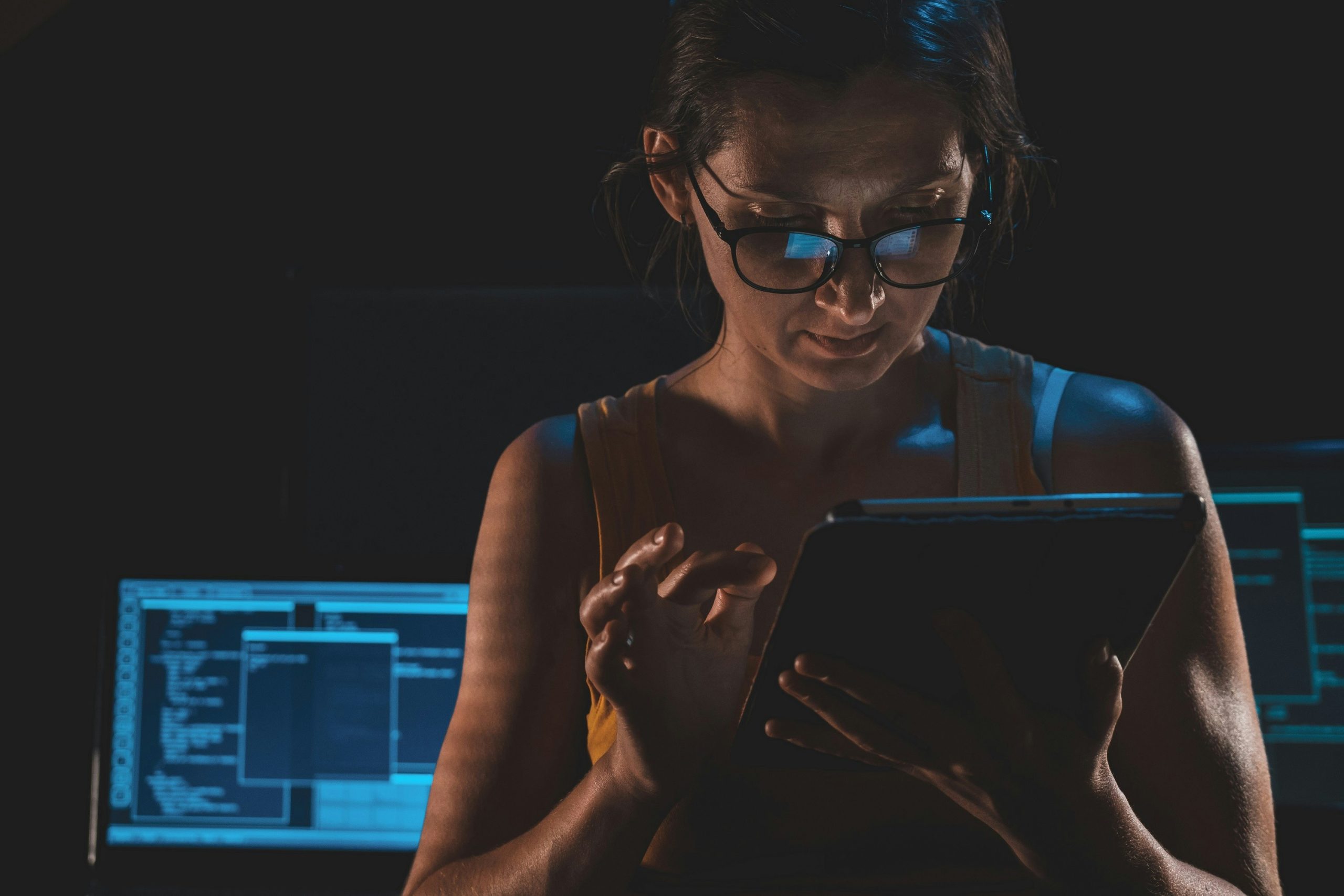We are seeing workspaces change in front of our very eyes. With the introduction of the internet and the options that it has brought – and is bringing, technology is moving increasingly quickly. This is opening many new doors to businesses and employers, as well as landlords and owners of commercial units and especially flex spaces. It is enabling a workplace that is becoming more and more effective for employers and employees, and increased fluidity regarding where employees are working from – whilst remaining productive.
There is no doubt that technology has always played a major part in the way that businesses work, generally enabling greater and more effective productivity, without compromising on quality and often at lower prices. Since the days of the Industrial Revolution, technology has been impacting the workplace, so this is nothing new.
In this article, we are going to take a look at the newest technology that is coming into the workplace – especially in the flex space world and consider the impact that it can have in the area.
Virtual and Augmented Reality
Virtual reality, up until fairly recently, was predominantly used by gamers. Now, however, as virtual reality becomes more advanced it is beginning to be used in a whole range of different situations, from teaching students to aiding surgeons in performing complicated surgery. In the workspace, many different professions across the board are using virtual reality to facilitate their work.
In the commercial unit market, one area where virtual reality (and augmented reality) is very useful, is in giving tours of the commercial unit from a remote location. Virtual reality can help businesses or landlords use 3D mapping to give virtual tours of a commercial unit, showing potential tenants layouts, as well as other options that are available to them. Likewise, augmented reality can be used to help give tenants new ideas of what options they have within the commercial unit.
Another massive potential benefit of virtual reality is its ability to be able to ‘bring people together’ even when they are physically not all in the same space. In a step forward from Zoom and Teams, those attending a meeting would be able to virtually be in the same room, but physically be working remotely.
For businesses with larger commercial units, virtual or augmented reality can be useful in helping people find their way around, especially if hot desking is applied. Not only can it be used to show people where their desks are, but also where amenities and equipment are located (toilets, kitchen, printers, etc.).
Natural Language Processing
Natural language processing is a part of artificial intelligence that involves the processing of human language to enable the computer to ‘understand’ it. AI models like Chat GPT are able to use the information that they gather, interpret it, and turn it into new content.
In truth, natural language processing is more useful in the everyday work of lots of businesses, but it can also be used effectively in the flexspace and commercial unit markets, mainly through its ability to interpret what large numbers of people are saying, quickly, as well as creating content, for social media, for example. It is important to remember, however, that AI content (and, indeed, interpretations) are not always completely accurate, and can even contradict itself at times, so it is important that you read through any content that you will be using before it is put out!
Natural language processing can also be used for functions such as managing leads and enquiries, and the booking of meeting rooms within a commercial unit.
Machine Working and AI
Similarly, machine working is a section of AI that enables the computer to ‘learn’ from the information that it can find online (as well as that inputted into the computer). These machines are designed to collect and make sense of data, so for owners of flexible workspaces, for example, this technology can be used effectively to book spaces to ensure that all customers are having their needs met, as well as a landlord and commercial unit manager using their space as effectively as possible.
It can also be used for stock control and enable businesses to get a better grasp of their fluctuations in demand, arming them with the information they need to improve!
Internet of Things
The term ‘Internet of Things’ refers to devices such as smart devices that can communicate with others. It ensures greater connectivity between devices, and this can be very useful for businesses within a commercial unit – as well as for flex space owners and occupants.
It means that individuals can control elements such as lighting and temperature from their phones, enables communal fridges to alert managers when they are running low on milk, and allows an individual’s access needs (and restrictions) to be set (and monitored).
Biometric Security
Biometric security is an area that we are seeing being increasingly used across society as a whole. More and more people are using fingerprint or facial recognition on their phones, and this technology could also be used in workplaces and commercial units, not only for entry to the entire building but also for specific areas. Meeting rooms could be booked and then only accessed using biometric means, for example.
Final Thoughts
Like it or not, technology is always going to have an impact on businesses, as they look for the best and cheapest ways to carry out the tasks that they need to do – as well as make work safer, more secure, and more effective. This is likely to lead to more changes in the way that the world works (whether it be from remote locations, more flex spaces, the nature of work, or having a well-managed office that runs smoothly – and never runs out of milk!). If you have a commercial unit that you are looking to rent to tenants – or are a business looking to rent a commercial unit, take a look at our website

